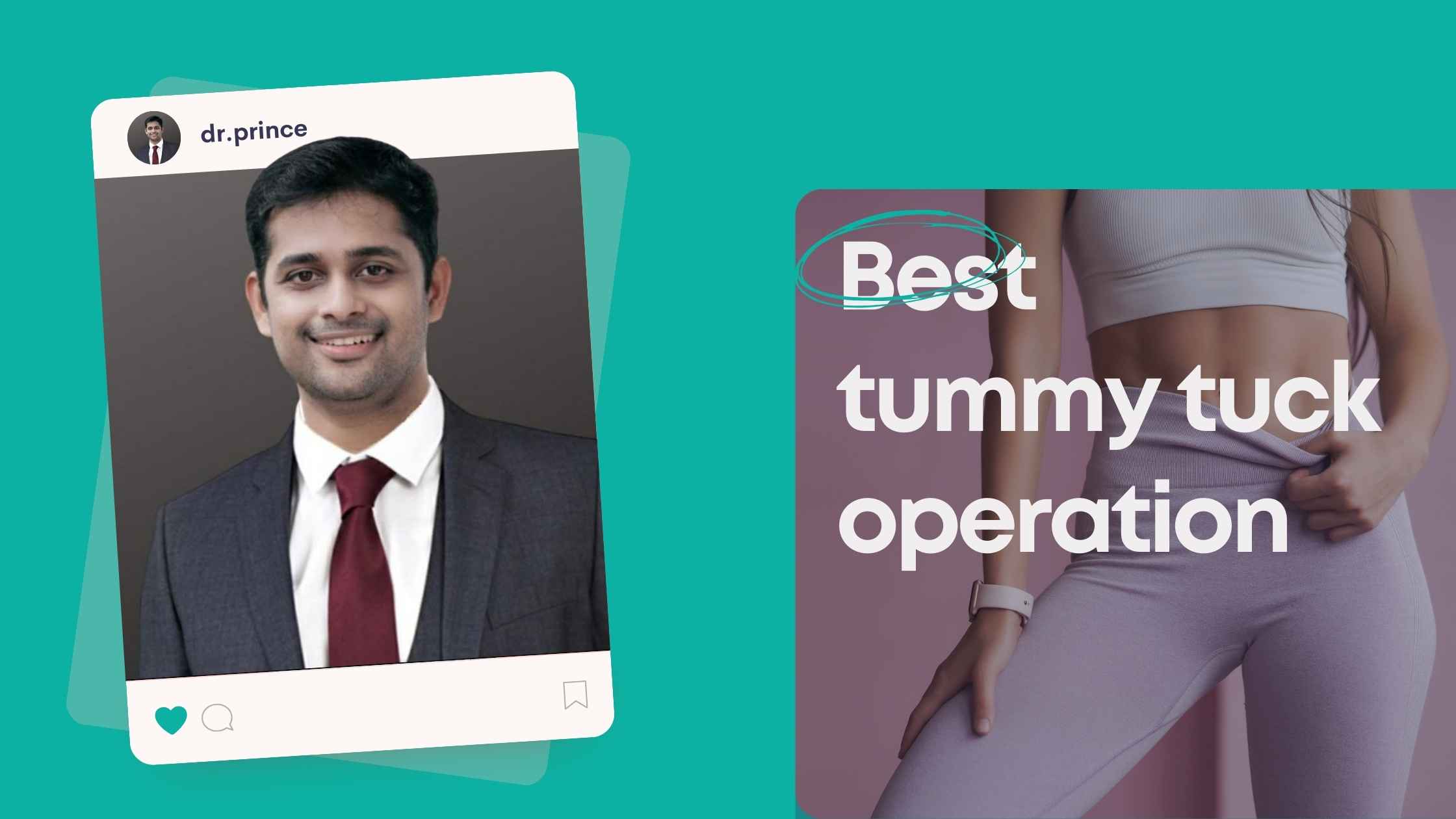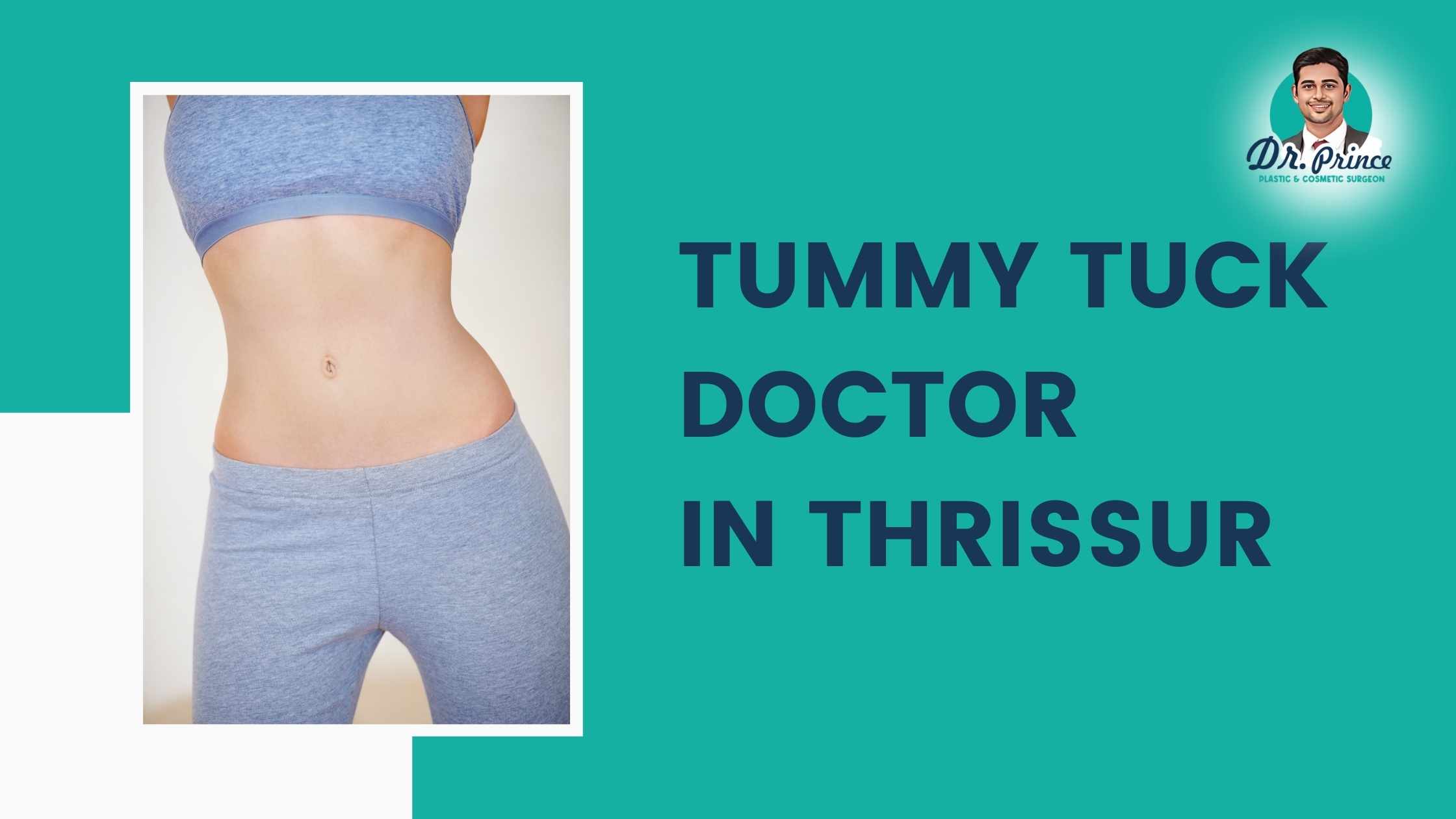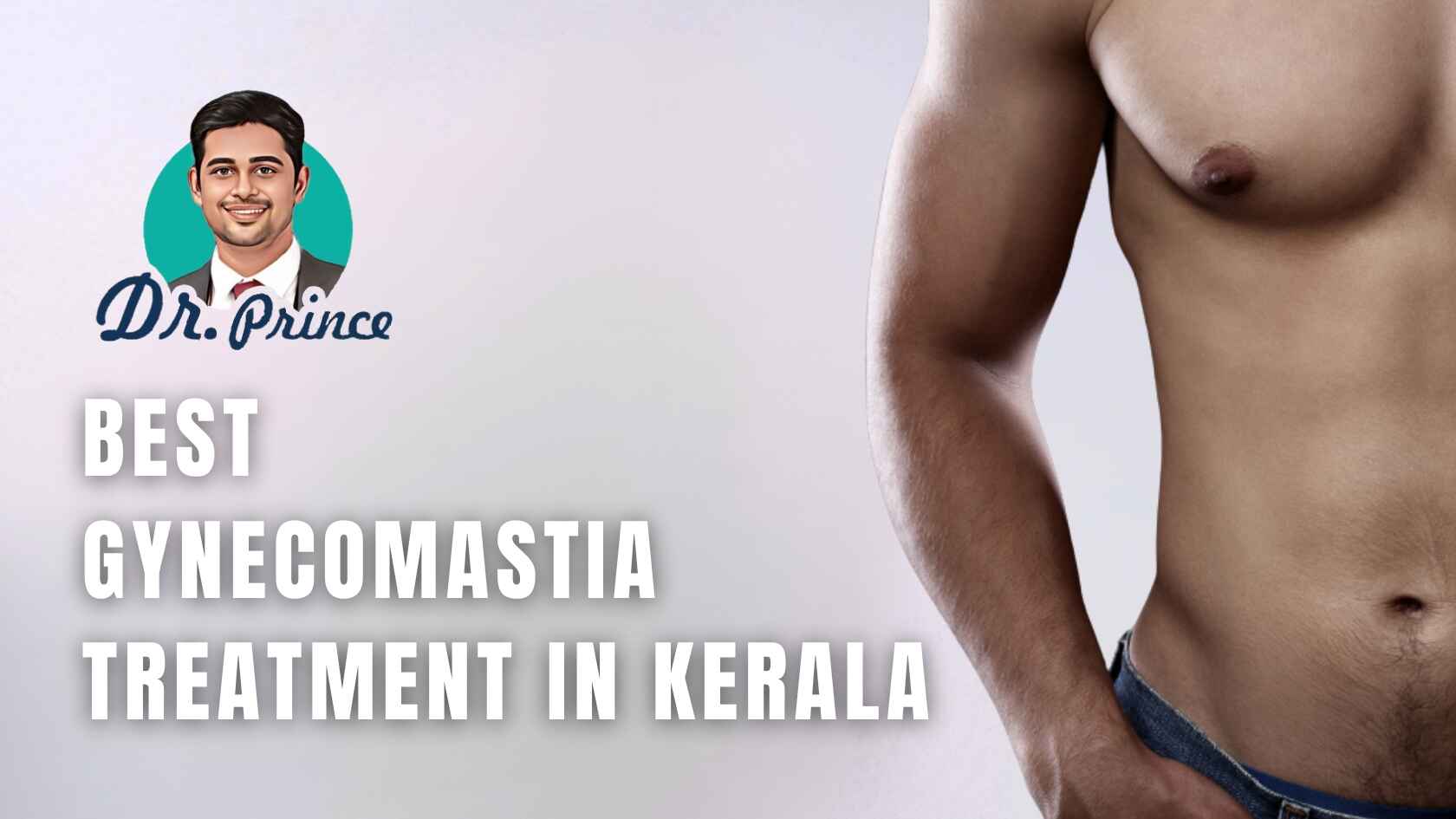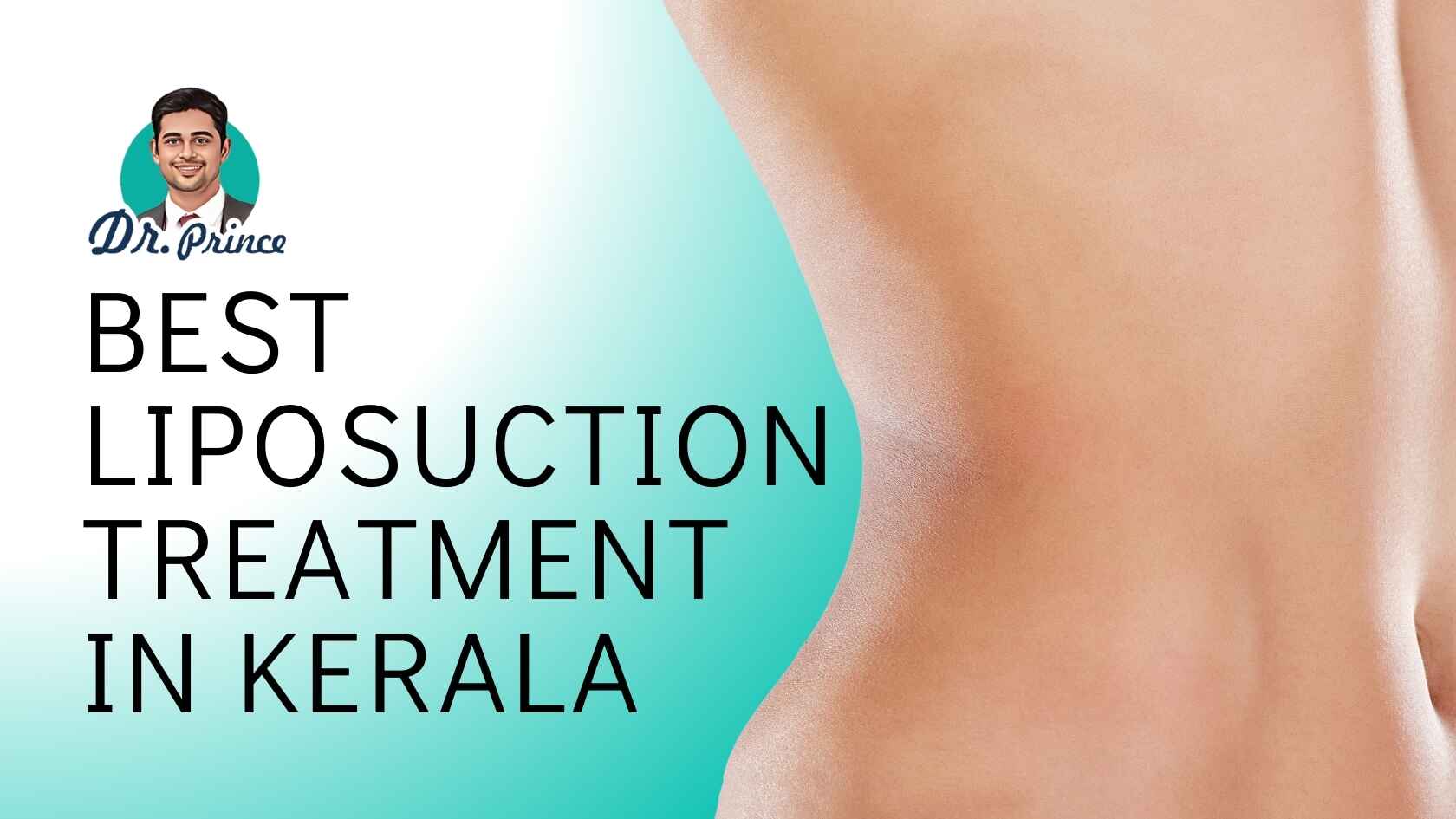Understand what keloids are and what causes them.
Keloids are benign tumors that occur when the body produces too much collagen in response to an injury. They can occur anywhere on the body, but are most common on the chest, back, shoulders, and earlobes. Keloids can be painful, itchy, and unsightly. Keloids on ear is a common thing we see and treat.
Keloids from ear piercings
ear bump after piercing is what happens in keloid lobe piercing. Even while getting your ears pierced may not seem like a significant injury, your body may occasionally interpret it as such. Fibrous scar tissue begins to replace damaged skin when wounds recover. Keloids can develop when your body produces too much scar tissue. A hump or tiny lump that is bigger than the original piercing is created when this additional tissue begins to protrude from the original wound. Keloids on the ear usually start as little, rounded lumps near the piercing. Sometimes they emerge immediately, but they often show up months after you get your ear pierced. For the upcoming few months, your keloid may continue to grow slowly..
What are the available treatments for keloids after piercing and how to get rid of keloids on ear?
keloids on ears are particularly difficult to remove and ear keloid removal at home is not at all a safe option, as increases chance of infection. Even when they are successfully removed, they frequently reappear. For long-term results, most surgeons recommend a combination of treatments for keloid ear piercing removal. There are a few treatment options that may be uded for removing a keloid on ear
These are some examples:
- Surgery- A surgeon can remove the keloid, but it may regrow.
- Steroid injections: To help shrink a keloid, a doctor may inject a steroid directly into it.
- Laser therapy uses concentrated light to shrink the keloid.
- Cryotherapy: Extreme cold is used to destroy keloid tissue.
Choose the best keloid ear treatment for you.
Dr Prince, plastic surgeon at sushrutha institute of plastic surgery, thrissur have treated thousands of cases of ear keloids and other keloids. Surgical removal, in our opinion, is the best treatment option. Even when they are successfully removed, they frequently reappear. So we recommend a few more additions to surgical treatment to prevent recurrence, such as periodic steroid injections and lasers.
Carefully follow the treatment instructions for keloid on ear
Because keloids are prone to recurrence, it is critical to adhere to the treatment regimen as prescribed by a plastic surgeon.
Cost of keloid ear treatment in Thrissur, Kerala
Treatment cost depends on what mode of treatment is given for ear lobe keloid. If it’s a small ear keloid or big one. If it’s the beginning of keloid on ear or later stage.
Keep a record of your progress on keloids ears
You should monitor the recurrence of keloid on a regular basis, and if anything suggests a recurrence, consult with a plastic surgeon.
If necessary, repeat the treatment for earlobe keloid
If there is a recurrence, the earring keloid treatment may have to be repeated.
Take pleasure in your new keloid-free ear!
With our treatment, we hope you will avoid keloids and have a keloid-free ear.
keloid pressure earrings
If you have surgery to remove an ear keloid, your doctor may advise you to wear a pressure earring afterward. These are earrings that apply uniform pressure to a portion of your ear, which can aid in the prevention of keloid formation following surgery. However, most people find pressure earrings to be extremely uncomfortable, and they must be worn for 16 hours a day for 6 to 12 months.









